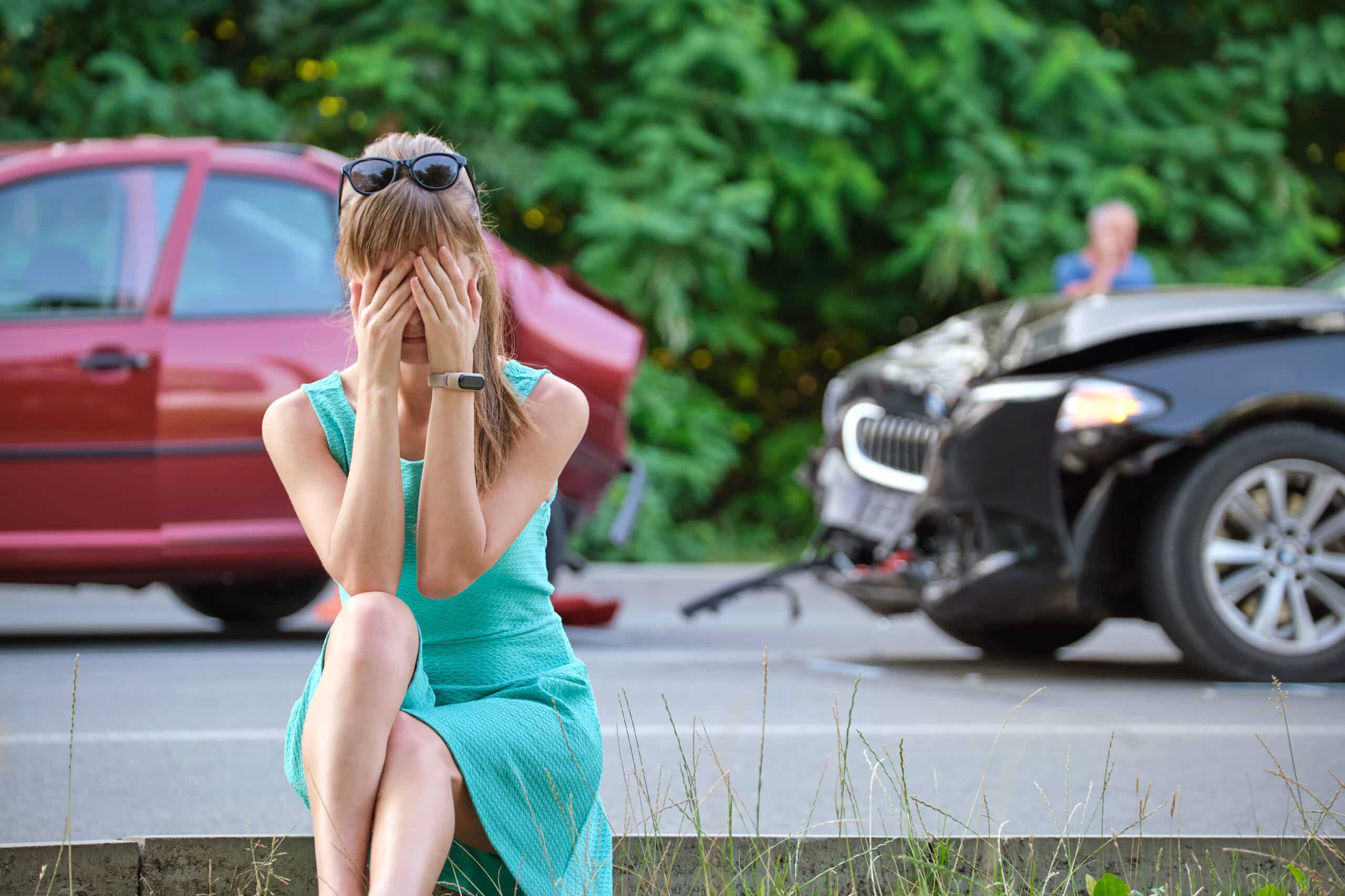In most cases it is not easy to identify the fault, at first sight, fault…
How to Prove Fault in Car Accident Injury Lawsuits – Guest Post

Got Fault in Accident ?One cannot overstate the importance of defensive driving. You can have control only of your actions while behind the wheel. That goes without saying that the actions of other motorists you share the road with are out of your command.
As such, it’s best to anticipate potential problems before they occur. Be mindful of how other motorists behave, especially those in front, behind, and beside your car. Be consistent with checking the side and rearview mirrors. These are just some of the standard defensive driving techniques you should adopt.
However, it’s also important to say that your defensive driving won’t matter if you, God forbid, come across an utterly careless driver that results in an accident. In this case, don’t beat yourself up. Instead, keep your cool and know what to do.
The first thing to remember is to prove the other driver’s guilt beyond a reasonable doubt. In that regard, do the following.
Three Words on Vehicle Collisions Injury Legal Inspection
When it comes to vehicle collisions, who’s at fault and who’s aggrieved are determined by three words. They are as follows:
- Liability – Federal, state, and local laws use the question of liability when assigning who is at fault in a road accident. The liable party pays for damages. Also, upon proving their innocence, the defendant gets payment from their insurance provider.
- Negligence – This happens when someone fails to act in a reasonable way that protects others and themselves while on the road. That’s carelessness manifested in traffic violations.
- Responsibility – States differ in how they assign responsibility. Some subscribe to “contributory negligence” policies, while others adopt a “comparative negligence” model. With the former, even the slightest contribution to an accident forfeits a driver’s right to payment. Meanwhile, the latter quantifies deserved compensation via the driver’s extent of contribution to the accident.
How to Prove Fault for Car Accidents
When you know with certainty that the liability rests upon the other party because you were not neglectful while driving, you must prove responsibility by taking these steps.
- Prove no-doubt liability
You’re lucky if you find yourself in a no-doubt liability scenario. Well, not exactly lucky since you unluckily found yourself in a car accident, but, at the very least, you can breathe easy knowing that determining who’s at fault won’t be difficult. It’s pretty obvious, hence the no-doubt category.
No-doubt liability scenarios include rear-end and left-turn collisions. These incidents could be fatal, especially for the plaintiff. The defendant gets the blame primarily because they could have avoided the accident in the first place.
For rear-end collisions, it’s usual for the law to take the side of the driver in front, the one rear-ended. This situation applies even if the defendant swears to have been driving with a sufficient gap between the cars. One of the very few scenarios in which the rear-ended driver might be held liable is if the driver behind them proves that they had faulty brake lights, among other system failures.
As for left-turn collisions, the car driving straight often becomes the plaintiff. That is unless they exceed the speed limit or run a red light. If those don’t apply, the driver who made the left turn is assumed guilty of turning without sufficient time and space.
- Prove traffic law violations
Here is another straightforward way to prove a driver’s guilt in a road accident involving two or more motorists. However, traffic laws differ from one state to another. Local laws factor into the equation, too. With those in mind, you must research and be exact with the traffic violation you cite in your case.
Common traffic violations that result in road accidents include running a stop sign, failing to yield, and over-speeding. Make sure to learn the specifics of these violations. Look them up online or consult with your local Department of Motor Vehicles (DMV), the office that manages car registrations and driving licenses.
- Do not admit fault on-site
The heat of the moment will trigger either of two responses: you assert your right, or you acknowledge responsibility on-site to avoid protracted confrontation with the other driver. Do not fall prey to the latter, especially if you only have the slightest clue that you were the aggrieved party.
- Gather evidence
Standard operating procedures after a road accident will include writing a police report. This official document should contain all the collision details, including traffic law violations committed by the other party you have witnessed.
It might also include what the inspecting police officer thinks about the case. As the plaintiff, this will be one of your strongest proofs of non-liability come official hearings of the case. Also, keep in mind that insurance providers won’t pay for damages without a police report on file.
On top of a police report, gather physical evidence immediately after the collision. Take pictures of how the cars look. How they are angled toward each other could betray liability. Also, document the damages sustained by both vehicles. You may also consult with CCTV cameras in the area.
Lastly, try to find witnesses. Other motorists who stop amid the collision could speak on your behalf.
Wrapping Up
Any self-respecting motorist would want to avoid road accidents as much as possible. Not only are they an utter hassle and waste of time. They will cost money, too, regardless if you’re the plaintiff or the defendant.
However, if you’re the plaintiff, at least you know you won’t be paying up as much as the guilty party will have to. That is, if you do everything right from the get-go, in such a way that you can prove to authorities that you’re the aggrieved party.
Such a goal can be summed up in three strategies. Don’t admit fault on-site, do collect evidence, and do build a strong case with your legal counsel. These three hacks will ensure your win in a car accident lawsuit.
Once you’ve triumphed, become an even more defensive driver. Again, you cannot control the actions of those you share the road with. So take the high – and safe – road instead.
Author:

Samantha is a content marketing consultant who is currently with RMD Law, LLP – an Orange County, California-based personal injury law firm that specializes in helping victims who have been injured in accidents.
Website: https://www.rmdlaw.com


 5.0 stars Posted by Mary June 30, 2016
5.0 stars Posted by Mary June 30, 2016